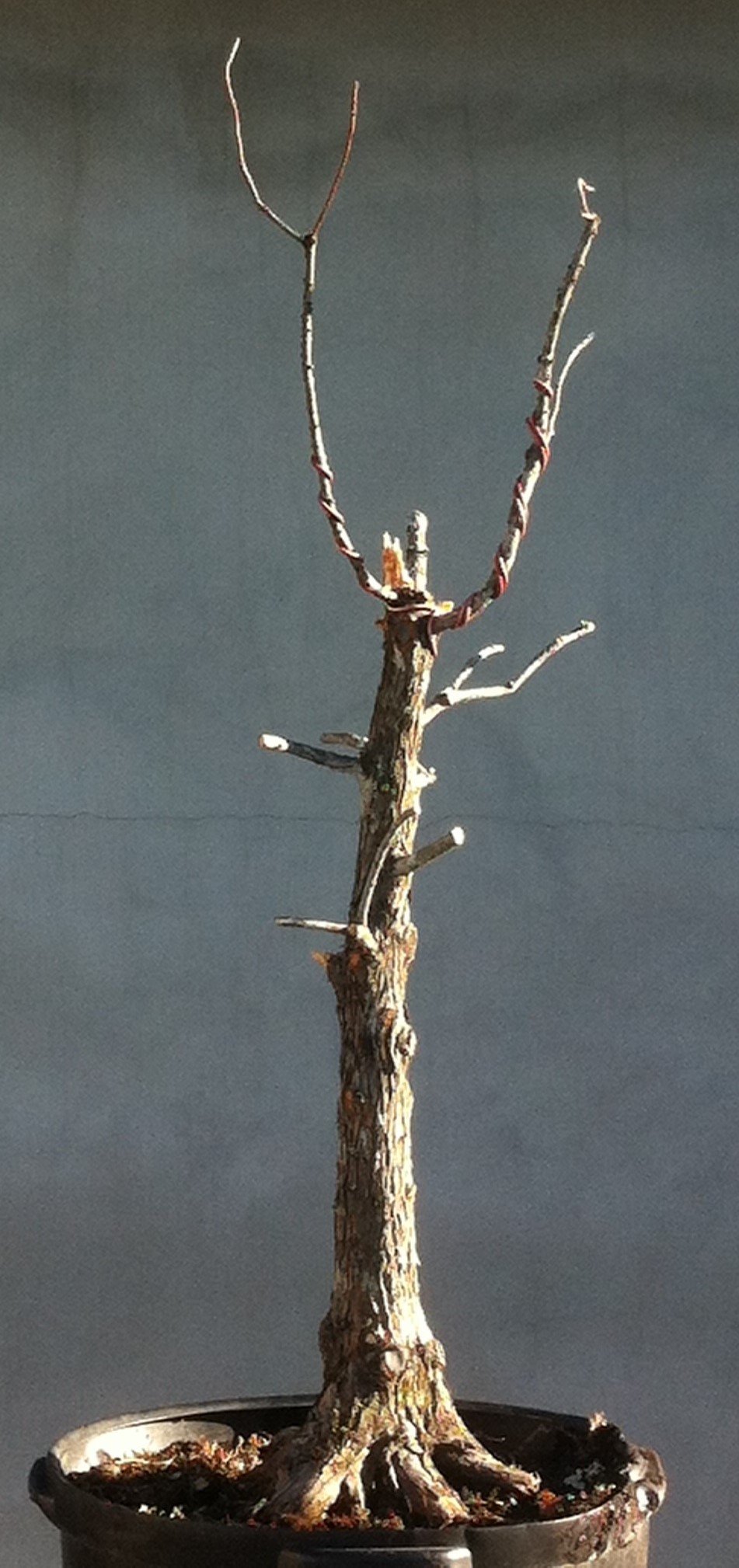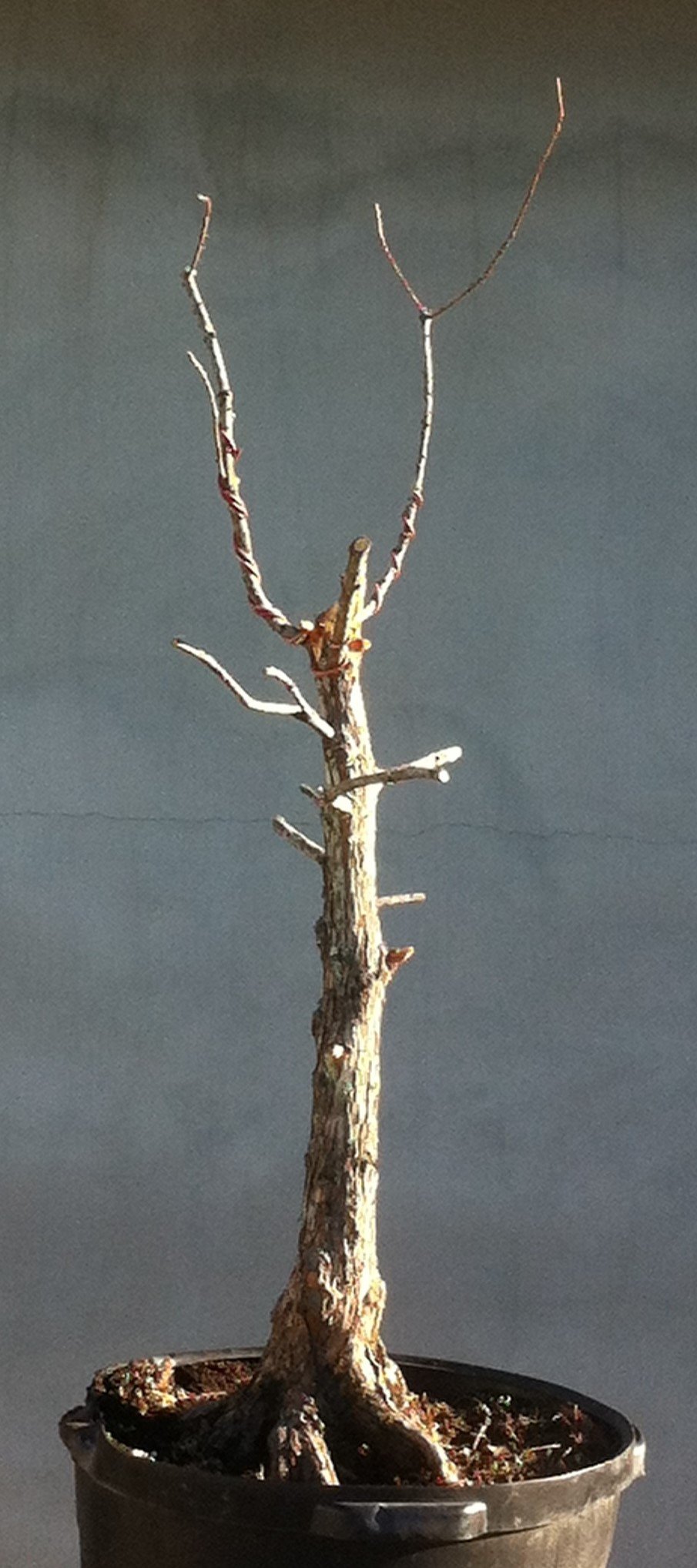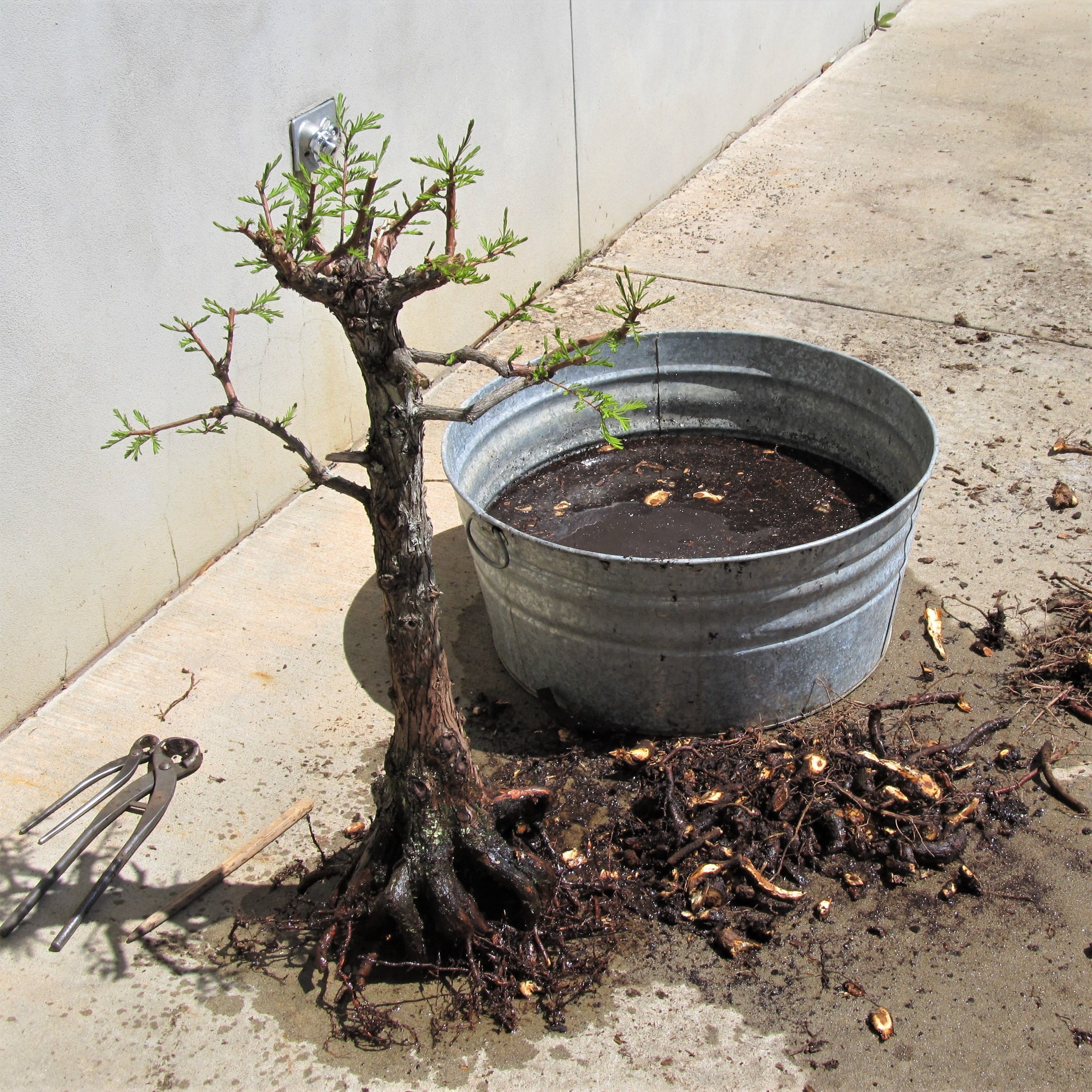Planning to be Spontaneous
When my wife and I first moved to Asheville we were young and poor. Our first apartment was on the second floor above a dingy machine shop in an aging industrial section of town, but the place was cheap and the old man who owned the shop downstairs was as good and kind a landlord as any could be. His name was Delbert. One Friday evening I went down to his shop to say hello and pay him the rent. It was after shop hours and Delbert was sitting with a friend of his, another shop owner whose business was in the building next door, and they were talking and drinking a little bit. The other man's name was Peter. He spoke with a Scottish brogue and I guessed him to be about sixty years old. Delbert introduced me and told Peter what a good young fellow I was and how he expected I would amount to something one day. Peter looked at me a little bleary-eyed for a silent moment or two and then asked, "So what's your plan?" I wasn't sure what he meant. "What do you mean?" I asked. Peter leaned in a little and cocked his head, narrowing his eyes. "What's your plan?" he asked again, more sharply. I glanced at old Delbert who sat there smiling benevolently, seemingly also interested in hearing my answer. "Well," I said, "I don't really have a plan. I'm keeping my eyes and ears open, hoping an opportunity will come along and I'll recognize it when it does." Peter sat motionless for a moment, his eyebrows rising in an arch of surprise. Then he frowned sternly and his eyes flared. "Good God man!" he thundered, "YOU'VE GOT TO HAVE A PLAN!"
Plans are all very well and good; I have made a few myself. Their best value might be in getting you ready to start doing whatever it is you’re planning about. Once you get underway your plan may or may not hold up to unfolding events. Unanticipated complications often arise, and then you face a choice of whether to stick to the plan or go with the flow. I remember reading that General Custer had a plan at the Little Bighorn, and he insisted on sticking with it even when reports started coming in that events on the ground were going awry. Plans are not foolproof. Plans are not immune from misfortune. A bad plan puts you in the hole to start with, and even a good plan can go up in smoke when events don't play out according to plan. A plan without flexibility — the option to change the plan when the situation might call for it — is a winner-take-all bet, a zero-sum game. A plan with flexibility allows for the possibility of winning even if the original plan crashes and burns.
Of course, you don't have to have a plan at all. If you are content to drift, to wait, until some opportunity presents itself, some opportunity eventually will. Then it is up to you to recognize the opportunity and respond positively. Going at it this way might arguably be a sort of plan in its own right, but people who do real planning would scoff at that idea. This "wait and see" approach requires patience and a degree of faith, but it also takes flexibility. It takes flexibility to be still for any length of time but then be ready to act when the opening for action arrives. It takes flexibility to allow fair consideration of alternative possibilities, even to the point of rearranging the way you think.
This is a story about a tree that had a plan no different than the plan of any other tree, which was to live and grow. The tree began as a seed, collected (with permission) along with many other seeds from a baldcypress tree growing at the Biltmore Estate in Asheville. All the seeds were planted in the ground in a nursery bed, and the germination was very good. After a year, this tree, along with all its many siblings, was removed from the ground and introduced to container culture, where it continued to do well. As time went by, some of these baldcypress seedlings found a place in the landscape nursery, where the plan was for them to grow big and eventually be put back in the ground as landscape trees. But most of the seedlings, including the one this story is about, found their way to the bonsai nursery, where the plan was for them to grow small and eventually be put in decorative pots as bonsai trees. Some of these baldcypress intended for bonsai eventually found their way into a big tray landscape in the Arboretum's collection, and others were used for demonstrations and classes, but as time went by one of the seedlings — the one this story is about — did not get to do anything except live in a plastic pot and grow. This one unused baldcypress tree was still intended to be a bonsai, but there was no plan for how or when that would happen.
Years passed. Although the young baldcypress was not ever chosen to be developed in any way, it was not completely neglected either. It was watered and fertilized along with all the other plants in the bonsai nursery, and as it grew it was transplanted into increasingly larger plastic pots and occasionally pruned back to keep it from getting too tall and leggy. Finally the tree was in a 10-gallon nursery container and taking up too much room in the hoop house, and there was still no plan for it, so it was moved outside. The young tree spent the entire growing season sitting out in the full sun, growing unmolested until the time came to move it back inside where it might shelter through the winter under the protective polypropylene cover of the house. When I went to move the tree, the big pot resisted being lifted. I checked and discovered the baldcypress had rooted through the drain holes in the bottom of the pot, down into the earth. "Fine," I thought. "The hoop house is crowded anyway, so this one can stay out here and fend for itself."
Baldcypress do not favor the cold weather, and leaving a containerized one out fully exposed to the Western North Carolina winter is not a good plan. When the springtime came, however, this little tree pushed new green growth and went right back to its business. The roots it had in the ground allowed the tree to survive as though it had been growing in the landscape instead of in a pot. I still had no time for it, so again it grew unrestrained. Then one day I happened to notice this determined and resilient baldcypress, thriving and happy but looking a little unkempt, and I decided to clean it up. I was removing dead branches and old leaf debris, pulling out some big weeds, when suddenly I caught a glimpse of what the tree had been up to all these years. Hidden there in the interior of the plant was a big, well-developed trunk and a wide, flaring base with nice surface roots. These happen to be the very traits most desirable in any potential bonsai subject.
It was the spring of 2014 when I cut off the roots that had wormed their way out the drainage holes of the big plastic pot, freeing the tree from the ground. I carefully packed the tree into the back of an Arboretum van and drove to Columbia, South Carolina for a meeting of the Black Creek Study Group. I used to visit with that group every year. My bonsai friends John Geanangel and Ken Duncan were part of the group and they both were well versed in growing baldcypress bonsai, so I thought it would be good to have their consultation when the first moves were made to set this tree on its bonsai path. A sort of plan was sketched out that day, although it was vague and certain aspects of it were left blank with the intention of filling them in later. Plans can be like that. Plans can be general in their outlines, with room intentionally left in them for flexibility.
The gallery below shows four views of the baldcypress in January of 2014, just after the first styling had been accomplished (click on any image to see the full view):
After the session in Columbia I brought the tree back home and it resumed growing as if nothing had happened. For two years I focused on further defining the crown, and in the spring of 2016 took on the challenge of bringing the roots back under control. The plucky tree had been in the same 10-gallon nursery pot all the while. One of the traits that make baldcypress so good for bonsai use is that they easily handle having their roots pruned, even drastically pruned, as was the case in this instance.
Over time a more well defined idea came into focus for the styling of this bonsai; its look was to be that of an old survivor baldcypress growing wild in a blackwater swamp. For inspiration in my mind's eye I remembered one particular specimen of such description I had seen in the Mobile-Tensaw River Delta in lower Alabama:
Understand that the intention was not to try and make the baldcypress bonsai look like a scale model of the full-sized tree in Alabama. A plan like that would inevitably lead to frustration because every tree has its own identity and it is not possible to control all factors in a tree's development, even a miniature tree. Besides, bonsai is a suggestive art. The plan for this bonsai, now that it had one, was that it should suggest the look of an old baldcypress in nature, a rugged tree that has lived through multiple hurricanes. The challenge for the grower of such a tree begins with using deliberate manual pruning as a substitute for the randomly destructive hurricane winds. After the loss of limbs the little tree can be counted on to respond with a bursting forth of new growth, just as would happen with a big tree pruned by a hurricane. Then the grower’s task is to work with the little tree’s regrowth and shape it in a manner that mimics how the wild tree rebuilt itself after the natural disaster. The thought process that allows a bonsai grower to follow such a plan belongs to a naturalistic perspective on bonsai styling.
In spring of 2020 I thought the baldcypress was starting to look presentable so it was planted in a proper bonsai pot:
Later that same year it was transplanted into a different container for what I felt was a better overall appearance. Here is how this specimen looked, finally out on display in the bonsai garden in autumn of 2020:
For some reason, this specimen was not displayed in 2021 or 2022. Nothing was wrong with it, but it was never chosen to take a turn out on a bench in the garden. It grew well over that time and increased the ramification of its branches, so it looks better developed now than it did the last time it was displayed. The following images show the plant as it currently appears:
(Click on any image in the gallery below for full view:)
There is every reason to think this bonsai will be back out on display in the garden come springtime. That's the plan, anyway.
(Click on any image in the gallery below for full view:)























